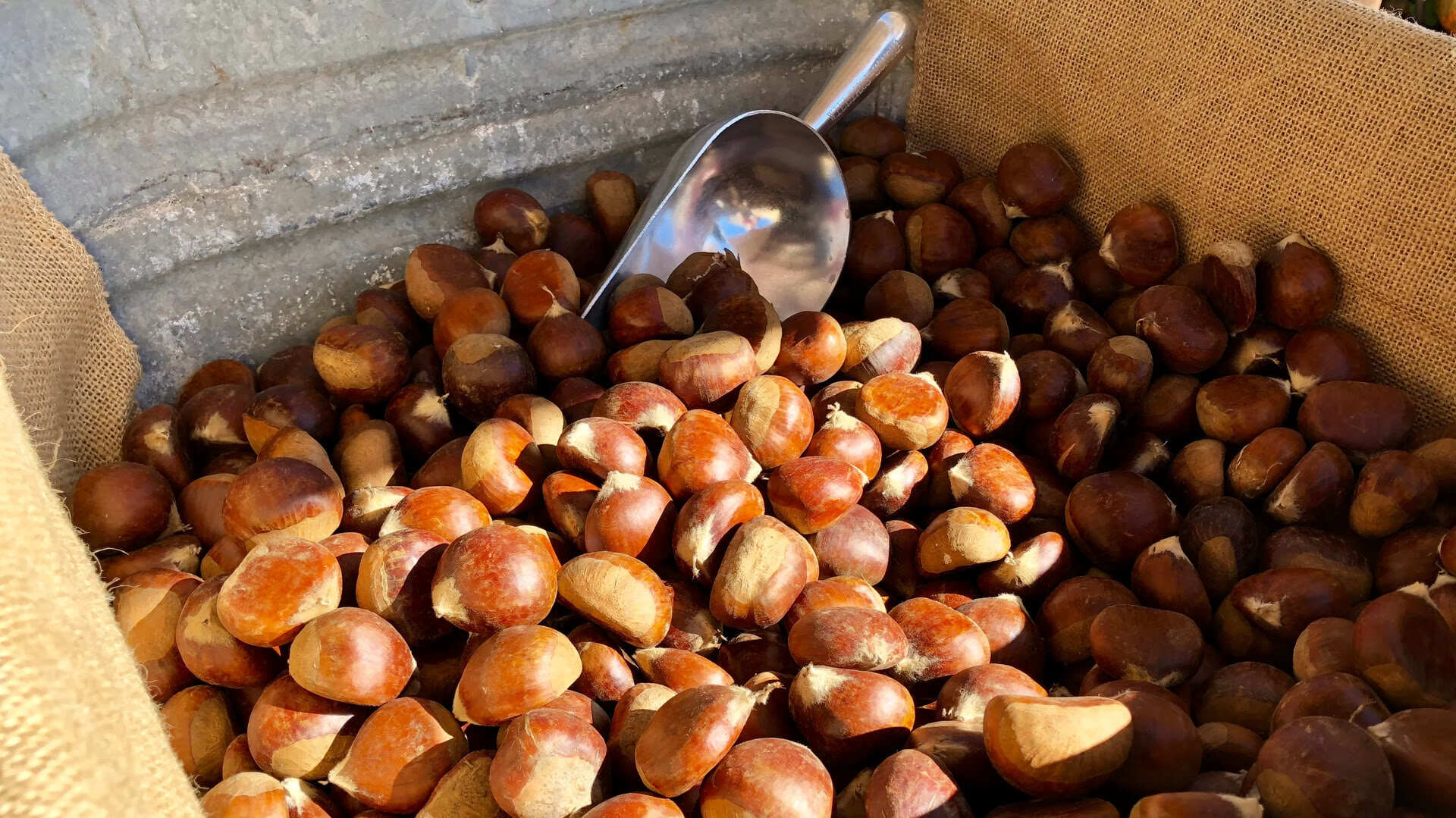

Articles
How To Store Chestnuts In Shell
Modified: December 7, 2023
Learn how to store chestnuts in shell with these helpful articles. Keep your chestnuts fresh and delicious for longer periods of time.
(Many of the links in this article redirect to a specific reviewed product. Your purchase of these products through affiliate links helps to generate commission for Storables.com, at no extra cost. Learn more)
Introduction
For those who love the rich, earthy flavor of chestnuts, knowing how to store them properly is essential. Whether you’ve harvested chestnuts from your own trees or purchased them fresh from a local farm, proper storage techniques can help extend their shelf life and preserve their delicious taste for months to come. In this article, we’ll explore the step-by-step process of storing chestnuts in their shells, ensuring that they stay fresh and flavorful until you’re ready to enjoy them.
Choosing and harvesting chestnuts is the first step in the storage process. Chestnuts should be gathered when they are fully ripe, which typically occurs in the autumn months. Look for chestnuts with a firm and glossy shell, devoid of any visible blemishes or cracks. The nuts should feel heavy for their size, indicating that they are filled with plump kernels. Ideally, choose chestnuts that have recently fallen from the tree, as this will provide the best freshness and flavor.
Once you have collected your chestnuts, it’s important to clean and sort them before storage. Start by removing any leaves or debris from the nuts’ outer shell. Next, discard any chestnuts that are discolored, shriveled, or have punctured shells, as these are signs of spoilage. Sorting the chestnuts ensures that only the highest quality nuts are selected for storage, reducing the risk of contamination or damage to the other nuts.
Before storing the chestnuts, it’s crucial to prep them to maintain their freshness. This involves soaking them in water for a brief period. Fill a container with cool water and place the chestnuts in it. Allow them to soak for 1 to 2 hours. This process helps to rehydrate the nuts, improving their texture and preventing them from drying out during storage.
When it comes to selecting storage containers for your chestnuts, it’s important to choose ones that allow for proper airflow while shielding the nuts from excessive moisture and light. A mesh bag or a cloth sack with small holes is ideal, as it allows air circulation and prevents moisture buildup. Make sure to avoid plastic bags or airtight containers, as these can create a humid environment and lead to mold growth.
Now that you have prepared the chestnuts and selected suitable storage containers, it’s time to store them in their shells. Place the chestnuts in the chosen container, making sure not to overcrowd them. Ideally, there should be some space between the nuts to allow for air circulation. Close the container loosely to maintain ventilation.
Key Takeaways:
- Properly storing chestnuts in their shells involves careful selection, cleaning, and prepping to maintain freshness. Choosing suitable storage containers and monitoring conditions are crucial for long-lasting, flavorful chestnuts.
- Attention to detail, from harvesting to storage, ensures the best quality chestnuts. Regular monitoring, proper ventilation, and following storage tips help maintain freshness and extend the shelf life of stored chestnuts.
Read more: How To Store Chestnuts
Choosing and Harvesting Chestnuts
Choosing and harvesting chestnuts is a crucial step in ensuring that you have high-quality nuts for storage. Here are some important considerations to keep in mind:
1. Timing: Chestnuts are typically harvested in the autumn months when they are fully ripe. The exact timing may vary depending on your geographical location and the specific variety of chestnut tree you have. Keep an eye out for the chestnuts to start falling from the tree naturally, as this indicates that they are ready for harvest.
2. Quality: When selecting chestnuts for storage, look for ones with a firm and glossy outer shell. Avoid nuts with visible blemishes, cracks, or signs of mold. The chestnuts should feel heavy for their size, which is an indication of plump kernels inside.
3. Freshness: Ideally, harvest chestnuts that have recently fallen from the tree. These will have the best flavor and freshness. If you are purchasing chestnuts, choose a reputable source that offers fresh nuts.
4. Handling: When harvesting chestnuts, handle them with care to avoid causing any damage. Use a gentle touch when removing the nuts from the tree or the ground to prevent bruising or puncturing the shells.
5. Quantity: Consider your storage capacity when harvesting chestnuts. Only pick the amount that you can comfortably store and consume within a reasonable time frame. It’s better to err on the side of caution and avoid wasting any nuts.
By following these guidelines, you can ensure that you harvest the best quality chestnuts for storage. Remember to plan your harvest timing accordingly and handle the nuts with care to preserve their freshness.
Cleaning and Sorting Chestnuts
After harvesting chestnuts, it’s important to clean and sort them before storing. Cleaning removes any debris and ensures that only high-quality nuts make it into storage. Here’s how to clean and sort your chestnuts:
1. Remove debris: Start by removing any leaves, twigs, or other debris from the chestnuts. This can be done by hand or using a soft brush to gently remove any clinging dirt. Discard any chestnuts with visible signs of damage or decay.
2. Rinse in water: Once the debris is removed, rinse the chestnuts in water to further clean them. This can be done by placing the nuts in a colander and running cold water over them. Use your hands to gently rub the nuts, ensuring that all dirt and residue are washed away.
3. Inspect for quality: While rinsing, take the opportunity to inspect each chestnut for quality. Look for any nuts with discolored or shriveled shells, as well as those with punctured or moldy areas. Remove these from the batch, as they may affect the quality of the other nuts during storage.
4. Dry thoroughly: After cleaning and sorting, it’s crucial to dry the chestnuts thoroughly before storing them. Place the nuts in a single layer on a clean, dry towel or tray. Allow them to air dry for at least 24 hours in a cool, well-ventilated area. This step is important to prevent the growth of mold or mildew during storage.
5. Optional sanitizing: If you want an extra level of protection against pests and mold, you can choose to sanitize the chestnuts before storage. This can be done by soaking the nuts in a solution of one part water and one part vinegar for 10-15 minutes. Rinse the chestnuts thoroughly afterward and allow them to dry completely before transferring to storage containers.
By following these steps, you can ensure that your chestnuts are clean, free from debris, and sorted for quality. This will help maintain the integrity of the nuts during storage and ensure that they stay fresh for an extended period.
Prepping the Chestnuts for Storage
Before storing chestnuts, it’s important to properly prepare them to maintain their freshness and quality. Here are the steps to follow when prepping chestnuts for storage:
1. Soaking: Start by soaking the chestnuts in water for 1 to 2 hours. Fill a container with cool water and place the nuts in it. This soaking process helps rehydrate the nuts and improves their texture. It prevents them from drying out too quickly during storage.
2. Drying: After soaking, remove the chestnuts from the water and pat them dry using a clean towel. Allow them to air dry for a few hours or overnight. It’s important to ensure that the nuts are completely dry before moving on to the next step. Moisture can lead to mold growth and spoilage during storage.
3. Conditioning: Conditioning the chestnuts is an optional step but can help extend their shelf life. To condition the nuts, place them in a brown paper bag or a perforated plastic bag. Leave the bag slightly open to allow for air circulation. Store the bag of chestnuts in the refrigerator for approximately 2 weeks. This conditioning period helps to reduce moisture content and enhances the flavor of the nuts.
4. Further drying (if needed): If the chestnuts still feel slightly moist after conditioning, you can give them additional drying time. Spread the nuts out in a single layer on a clean, dry surface, such as a baking sheet or a wire rack. Allow them to air dry for another 1 to 2 days, or until they feel dry to the touch.
5. Final inspection: Before transferring the chestnuts to storage containers, give them a final inspection. Discard any nuts that appear moldy, shriveled, or have an off odor. Only select the highest quality chestnuts for storage to ensure that they maintain their flavor and texture over time.
By following these prepping steps, you can enhance the longevity and quality of the chestnuts during storage. Properly soaked, dried, and conditioned nuts will have a better chance of staying fresh and delicious for an extended period.
Selecting the Storage Containers
Choosing the right storage containers for your chestnuts is crucial to maintain their freshness and prevent spoilage. Here are some factors to consider when selecting storage containers:
1. Airflow: Chestnuts need proper airflow to prevent excess moisture buildup, which can lead to mold growth. Look for containers that allow for good air circulation. Mesh bags or cloth sacks with small holes are ideal options. These materials allow air to flow through while protecting the nuts from light and pests.
2. Size and capacity: Consider the number of chestnuts you plan to store and choose a container that can accommodate them comfortably. Avoid overcrowding the nuts, as this can lead to bruising and damage. It’s better to have some extra space within the container to allow for air circulation.
3. Material: Opt for containers made of natural materials like mesh or cloth. These materials are breathable, preventing the nuts from becoming too moist or suffocated. Avoid plastic bags or containers with airtight seals, as these can create a humid environment and promote mold growth.
4. Cleanliness: Ensure that the containers you choose are clean and free from any contaminants. Wash and dry the containers thoroughly before transferring the chestnuts into them. This will help maintain the integrity and cleanliness of the nuts during storage.
5. Labeling: Labeling the storage containers can be helpful for organization and tracking purposes. Use a permanent marker or labels to indicate the date of storage or any other relevant information. This will make it easier to keep track of the freshness of your chestnuts and rotate them accordingly.
6. Storage location: Consider where you plan to store the chestnuts and choose containers that are suitable for that environment. If you plan to store them in a cool, dry pantry, ensure that the containers can fit comfortably on the shelves. If you prefer to store them in the refrigerator or freezer, select containers that can withstand these temperatures.
By considering these factors, you can select the most appropriate storage containers for your chestnuts. Remember that proper airflow, cleanliness, and size are key to maintaining the quality and freshness of the nuts throughout their storage duration.
Store chestnuts in the refrigerator in a breathable bag or container to prevent them from drying out. Keep them away from moisture to avoid mold. Check them regularly for freshness.
Read more: How To Store Water Chestnuts
Storing Chestnuts in Shell
Now that you have prepared the chestnuts and selected suitable storage containers, it’s time to store them in their shells. Follow these steps to ensure optimal storage conditions:
1. Fill the container: Place the chestnuts in the chosen storage container, making sure not to overcrowd them. It’s best to leave a bit of space between the nuts to allow for proper airflow. This helps prevent moisture buildup and reduces the risk of mold development.
2. Close the container: Loosely close the lid or tie off the opening of the container. This allows for ventilation while still providing some protection from outside elements. Avoid sealing the container tightly, as this can create a humid environment that promotes mold growth.
3. Choose a suitable storage location: Store the chestnuts in a cool, dry, and well-ventilated place. Ideally, the storage temperature should be around 32°F to 40°F (0°C to 4°C). Avoid areas that are exposed to direct sunlight or fluctuating temperatures, as this can affect the quality of the nuts.
4. Regularly inspect and monitor: Check the stored chestnuts periodically to ensure their condition. Look for any signs of mold, decay, or insect infestation. If you notice any spoiling nuts, remove them immediately to prevent further contamination. Good ventilation and regular monitoring are essential to maintain the freshness of the chestnuts.
5. Rotate the chestnuts: If you are storing a large quantity of chestnuts, consider rotating them periodically. Move the nuts that have been stored the longest to the front and bring the newer ones to the back. This rotation helps ensure that all the chestnuts are consumed or used in a timely manner, preventing any from going to waste.
6. Avoid freezing uncooked chestnuts: It’s worth noting that storing uncooked chestnuts in the freezer is not recommended. Freezing can cause the water inside the nuts to expand, which can result in a change in texture and flavor. If you want to freeze chestnuts, it’s best to cook them first and freeze the cooked chestnuts for later use.
By following these steps, you can successfully store chestnuts in their shells for an extended period. With proper ventilation, regular monitoring, and a suitable storage location, your chestnuts can stay fresh and delicious until you’re ready to enjoy them.
Monitoring and Troubleshooting
Once you have stored the chestnuts, it’s important to monitor them regularly to ensure their quality and address any issues that may arise. Here are some tips for monitoring and troubleshooting during the storage period:
1. Regular inspection: Check the stored chestnuts regularly for any signs of mold, decay, or insect infestation. Look out for chestnuts that appear discolored, shriveled, or have a foul odor. Immediately remove any spoiled nuts to prevent the spread of contamination. It’s essential to catch any issues early on to preserve the overall quality of the stored chestnuts.
2. Proper ventilation: Ensure that the storage containers have sufficient airflow to prevent moisture buildup. If you notice condensation inside the containers, it may indicate high humidity levels or inadequate ventilation. In such cases, consider adjusting the storage location or using containers with better air circulation to prevent mold growth.
3. Temperature control: Maintain a consistent storage temperature for the chestnuts. Fluctuating temperatures can impact the nuts’ quality and accelerate spoilage. Avoid exposing the chestnuts to extreme heat or cold environments, as this can cause them to dry out or deteriorate. Keep the storage area at a cool and stable temperature to extend the shelf life of the chestnuts.
4. Pest prevention: Take precautions to prevent pests from infesting the stored chestnuts. Keep the storage area clean and free from any food debris that may attract insects. If you notice any signs of pest activity, such as holes or chew marks, consider using natural repellant methods or consult with a professional pest control service.
5. Utilize stored chestnuts: Monitor the usage of the stored chestnuts and ensure that you are consuming or utilizing them in a timely manner. Over time, chestnuts can naturally lose moisture and become drier, affecting their taste and texture. It’s best to use the stored nuts within a few months for optimal flavor and enjoyment.
6. Adjust storage conditions if needed: If you notice any issues with the stored chestnuts, such as increased mold growth or spoilage, you may need to adjust storage conditions. This could include relocating the containers to a cooler or dryer area, improving ventilation, or reducing humidity levels. Solving any storage issues promptly can help salvage the remaining chestnuts and prevent further deterioration.
By actively monitoring the stored chestnuts and taking appropriate measures, you can identify and address any problems that may arise. This ensures that you can enjoy the best quality chestnuts and minimize the risk of spoilage or loss.
Tips for Maintaining Chestnut Quality
To ensure that your stored chestnuts maintain their quality and freshness, here are some helpful tips to follow:
- Keep chestnuts dry: Moisture is the enemy of chestnuts. Make sure the nuts are fully dry before storing them, as excess moisture can lead to mold growth. Regularly monitor the storage containers for any signs of condensation or dampness, and address the issue promptly to maintain optimal chestnut quality.
- Store in a cool location: Chestnuts are best stored in a cool environment with a consistent temperature. Avoid areas that are too warm or subjected to temperature fluctuations. Ideally, the storage temperature should be around 32°F to 40°F (0°C to 4°C). A cool storage location helps slow down the nuts’ natural aging process and preserves their flavor and texture.
- Avoid exposure to light: Light can cause chestnuts to age more quickly and lose their quality. Store the chestnuts in opaque containers or keep them in a dark, cool pantry or cellar. Shielding the nuts from light helps protect them from potential deterioration and helps maintain their fresh taste.
- Rotate the chestnuts: If you have stored a large quantity of chestnuts, practice rotation to ensure even usage and freshness. Move the older nuts to the front and bring the newer ones to the back, ensuring that the oldest chestnuts are used first. This rotation method prevents any chestnuts from becoming forgotten and going to waste.
- Avoid direct contact with plastic: Chestnuts are best stored in containers made of breathable materials like mesh or cloth. Avoid storing them directly in plastic bags or airtight containers, as this can create a humid environment that promotes mold growth. If using plastic containers, make sure they have small holes or use breathable liners to allow for proper airflow.
- Keep away from strong odors: Chestnuts can absorb odors easily, so it’s important to store them away from strong-smelling foods or substances. Avoid storing them near onions, garlic, or potent spices, as they can impart unwanted flavors to the nuts. It’s best to keep chestnuts separate from other aromatic items to preserve their natural taste.
- Label and date the containers: Proper labeling and dating of the storage containers can help you keep track of the chestnuts’ freshness and usage timeline. Use waterproof labels or markers to mark the date of storage and any other relevant information. This practice allows you to maintain organization and efficiently plan the consumption of your stored chestnuts.
By following these tips, you can help maintain the overall quality and flavor of your stored chestnuts. With proper storage conditions and attention to detail, you can enjoy the delightful taste of chestnuts throughout their storage period.
Conclusion
Storing chestnuts in their shells requires careful preparation and attention to detail, but it’s well worth the effort to enjoy their delicious taste for an extended period. By following the steps outlined in this article, you can ensure that your chestnuts stay fresh, flavorful, and of high quality.
From choosing and harvesting the chestnuts to cleaning and sorting them, each step plays a crucial role in maintaining the integrity of the nuts during storage. Prepping the chestnuts by soaking and drying them helps prevent dehydration and spoilage. Selecting the right storage containers that allow for proper airflow while shielding the nuts from excessive moisture and light is essential.
Once the chestnuts are stored, monitoring them regularly and addressing any issues promptly is important to maintain their quality. Inspection for mold, managing ventilation, controlling temperature, and preventing pests are all part of the ongoing maintenance process.
By following the provided tips for maintaining chestnut quality, such as keeping them dry, storing in a cool location, avoiding exposure to light, rotating the nuts, and preventing contact with strong odors, you can extend the shelf life of your chestnuts and enjoy them at their best.
Remember to label and date your storage containers for better organization and tracking. This helps you stay aware of the freshness of the chestnuts and plan their usage accordingly.
From holiday recipes like roasted chestnuts to incorporating them into savory dishes or snacks, properly stored chestnuts can bring an earthy and nutty flavor to a variety of culinary delights.
So, whether you’ve harvested your own chestnuts or purchased them fresh, follow these steps, stay vigilant in monitoring, and implement the recommended tips to store your chestnuts in their shells successfully. By doing so, you can savor the delightful taste of chestnuts long after their harvest season has passed.
Frequently Asked Questions about How To Store Chestnuts In Shell
Was this page helpful?
At Storables.com, we guarantee accurate and reliable information. Our content, validated by Expert Board Contributors, is crafted following stringent Editorial Policies. We're committed to providing you with well-researched, expert-backed insights for all your informational needs.
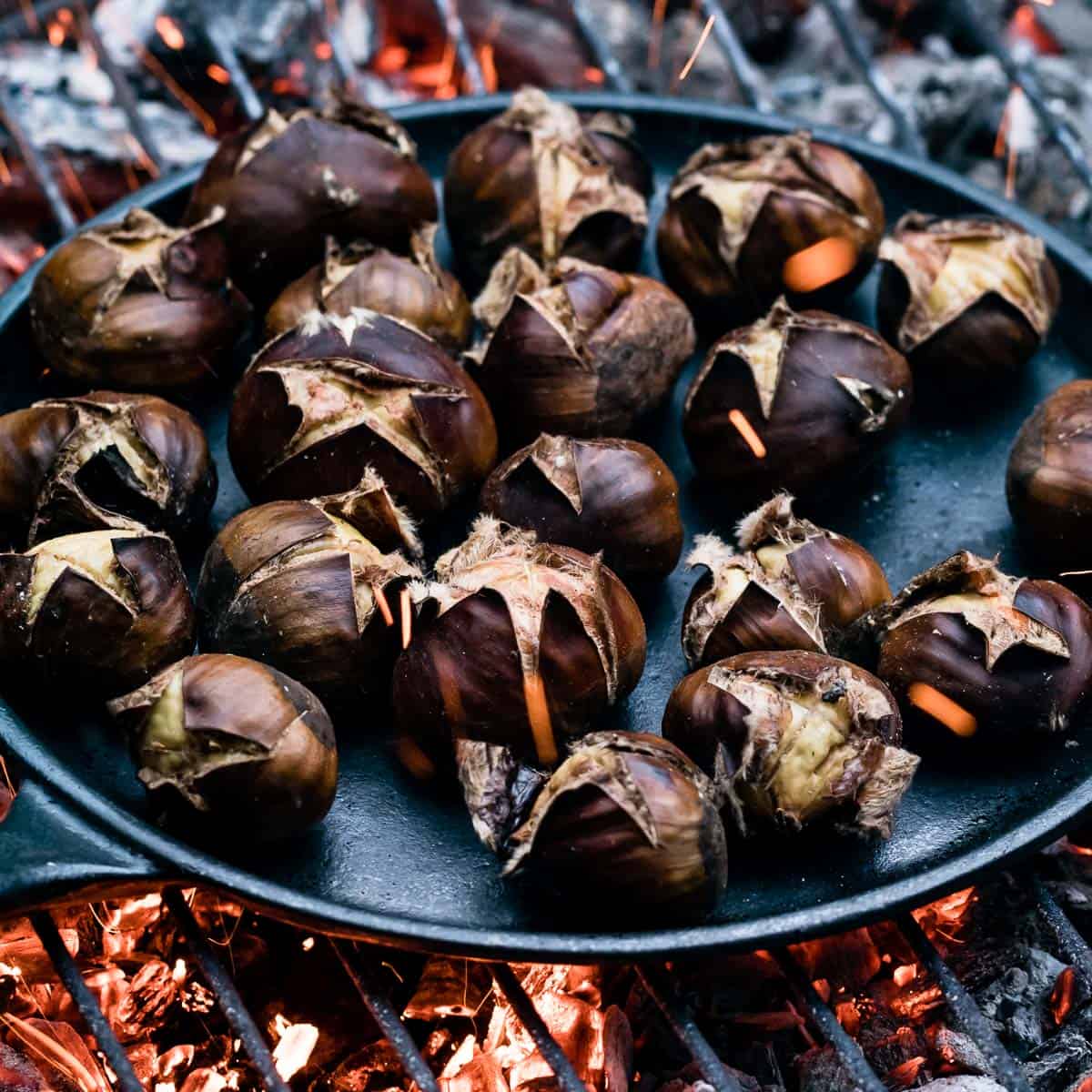
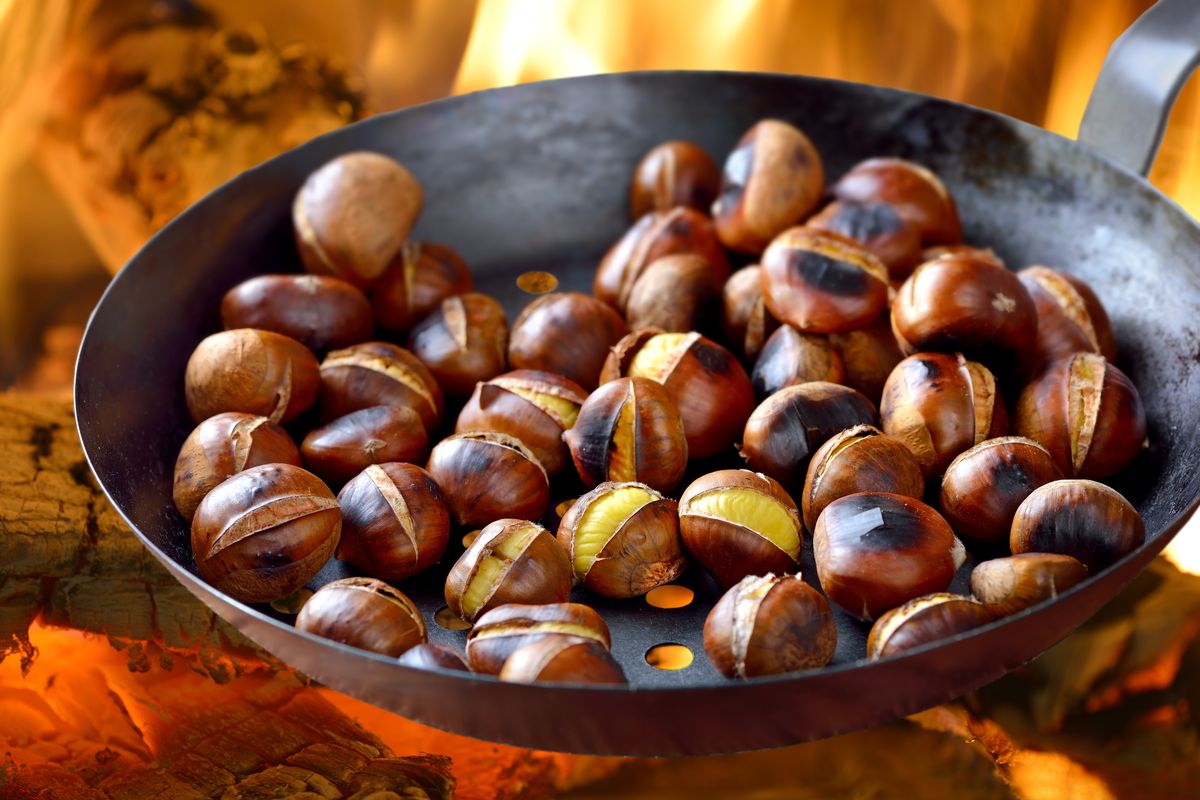



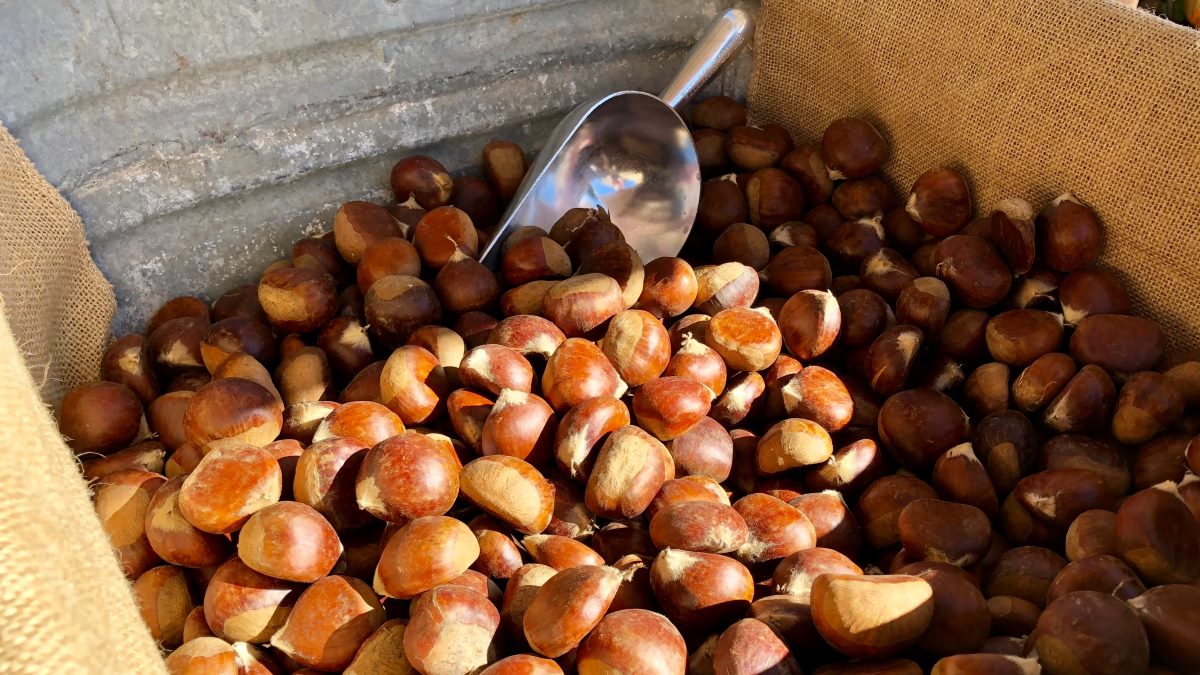
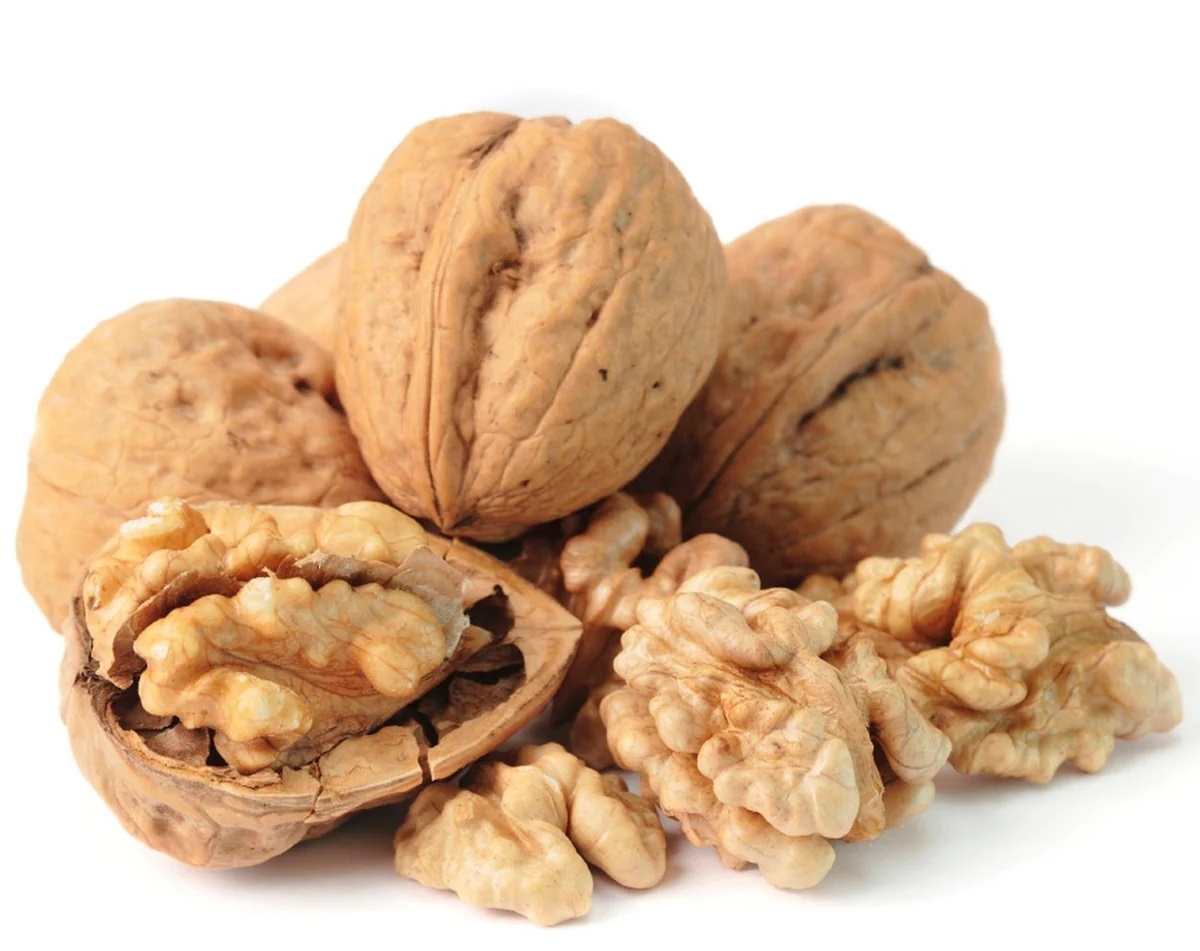
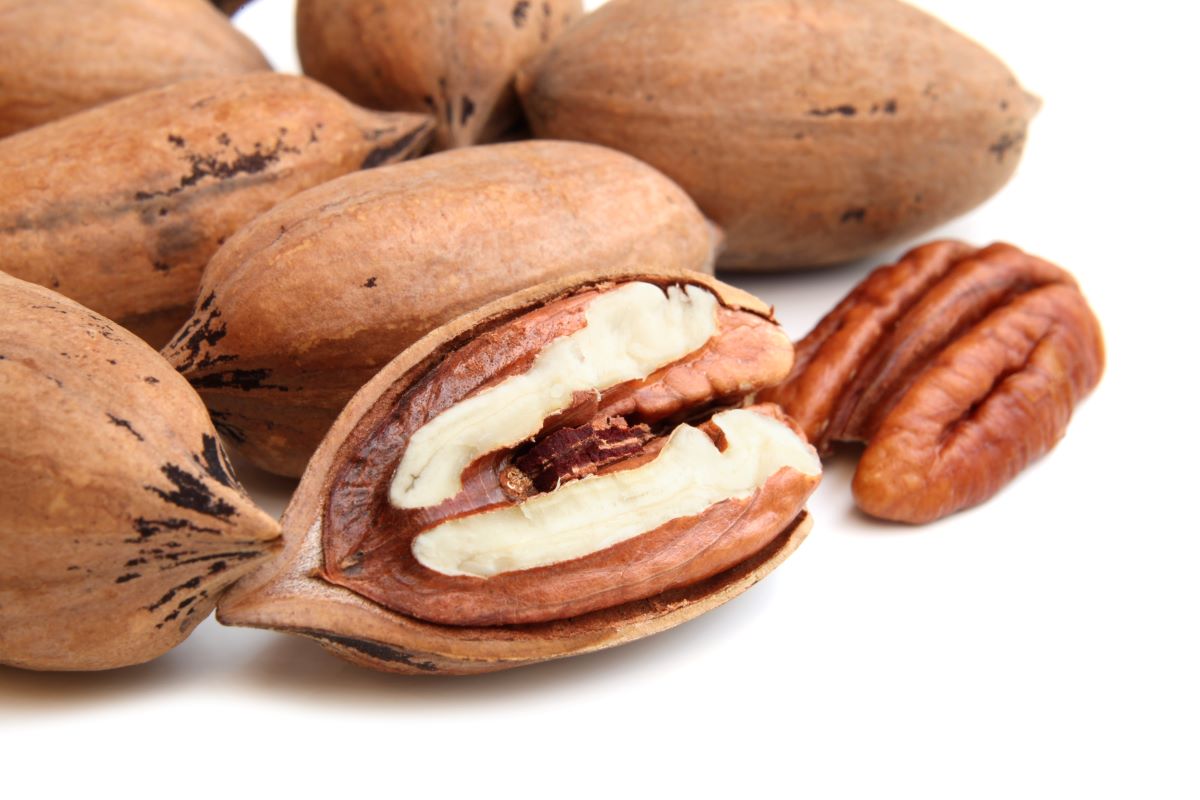

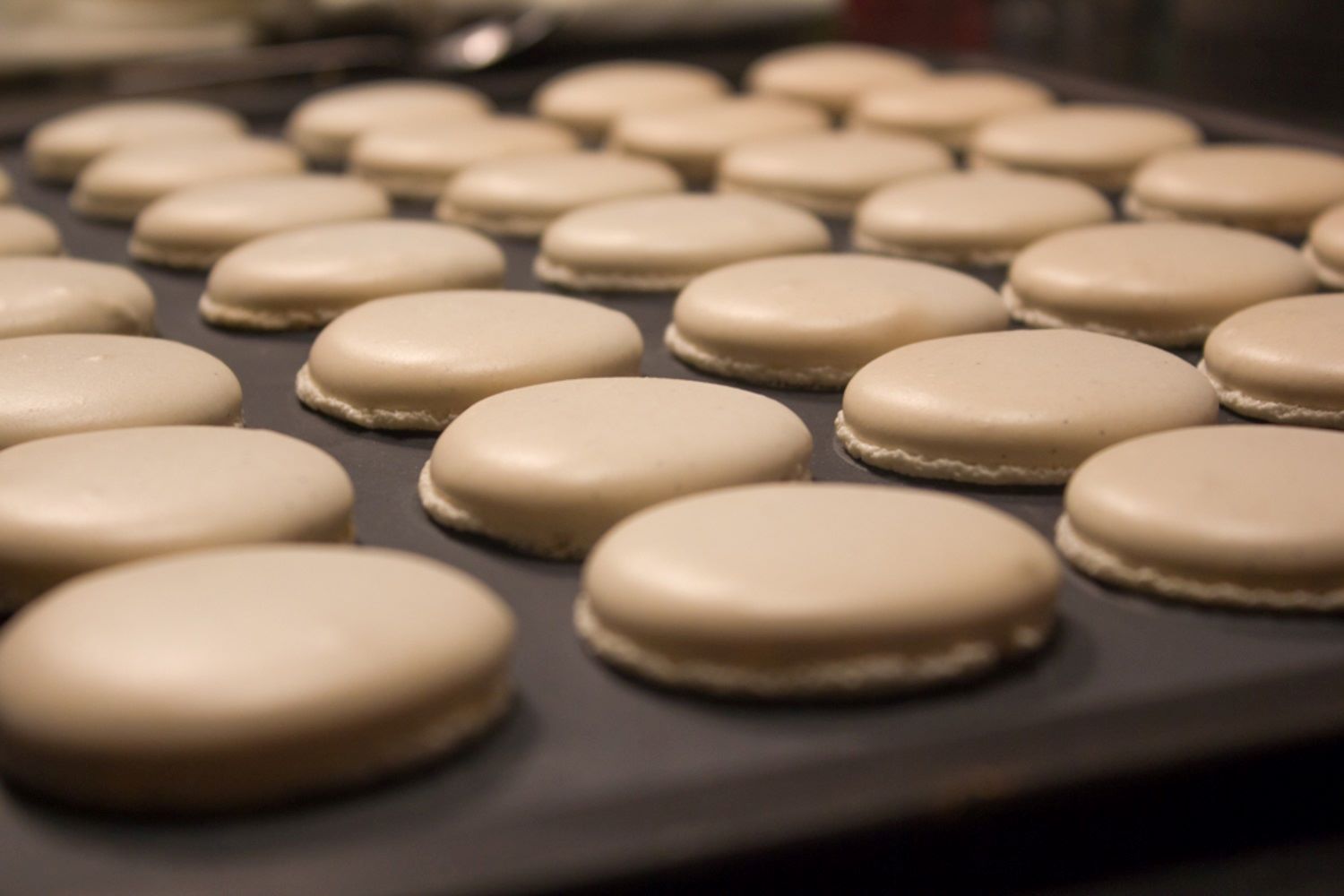
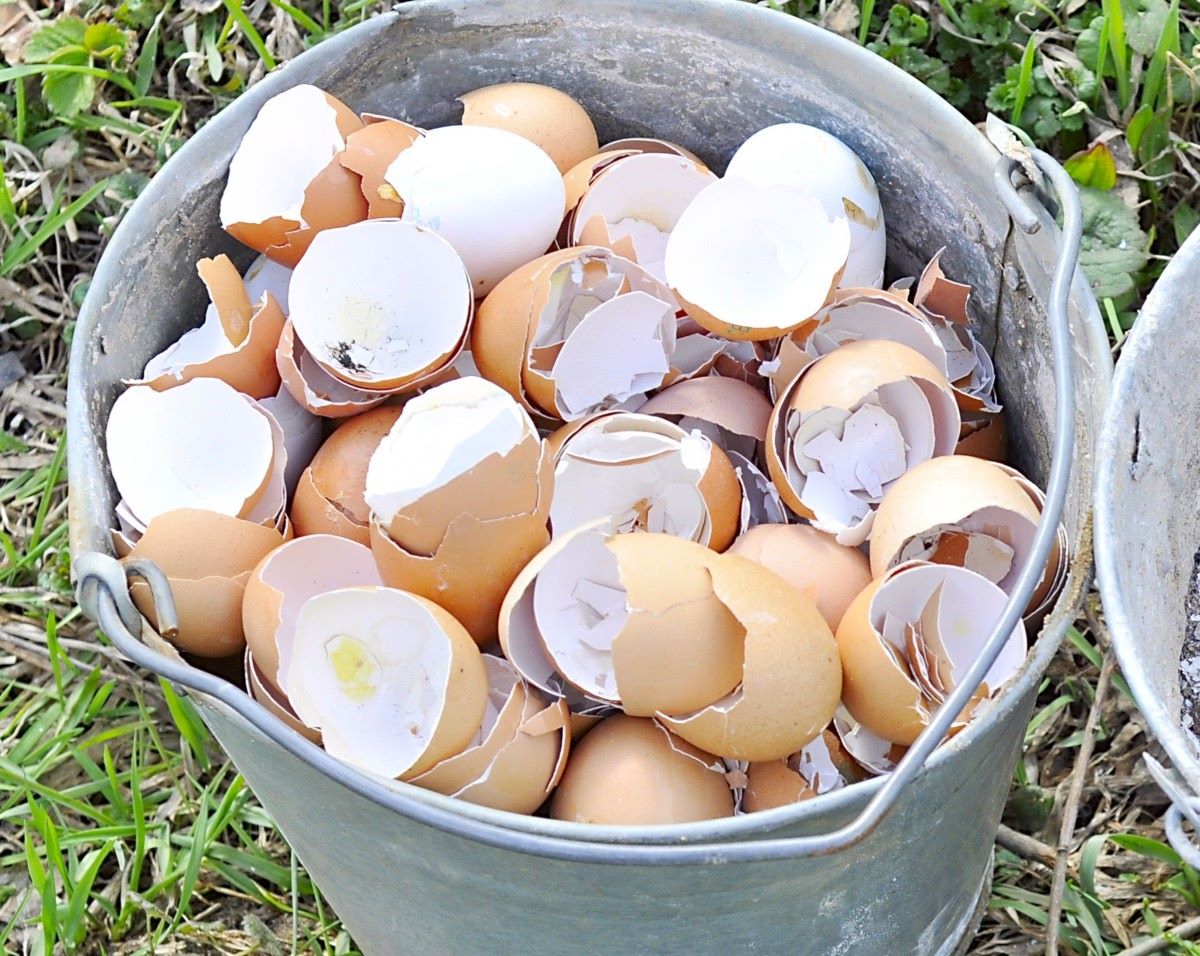
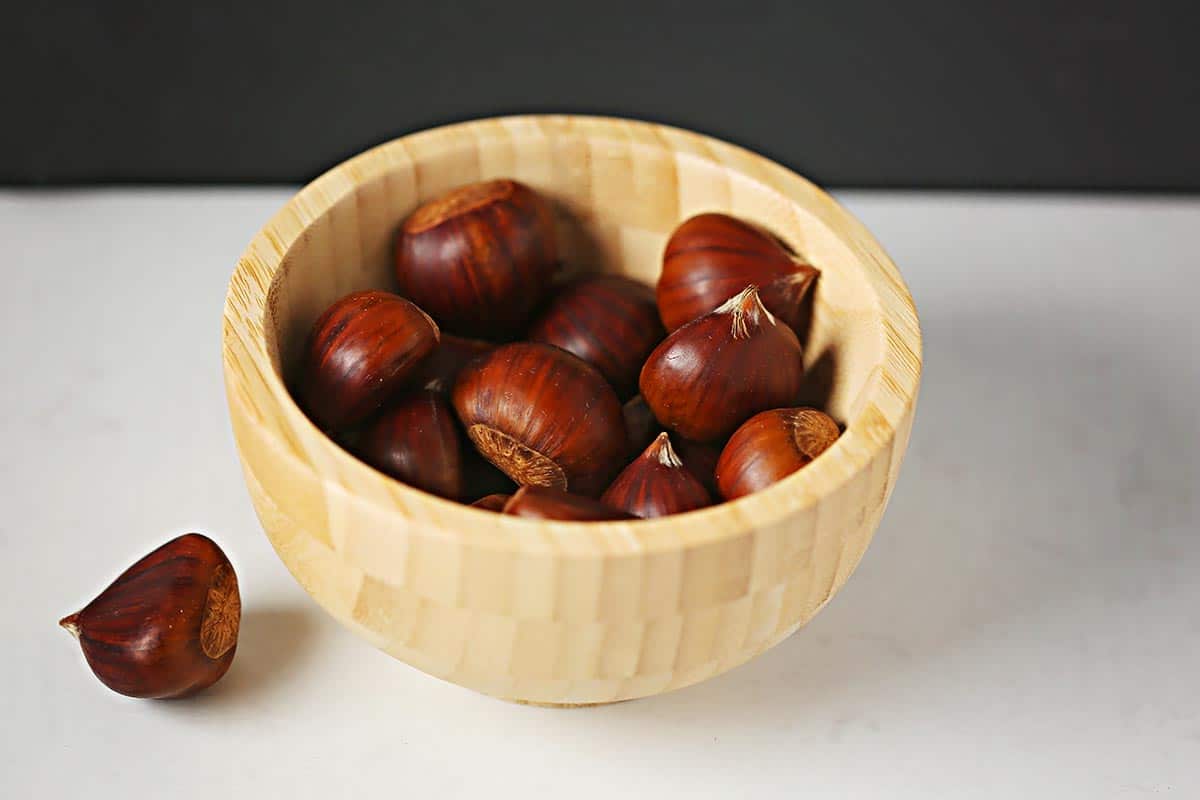
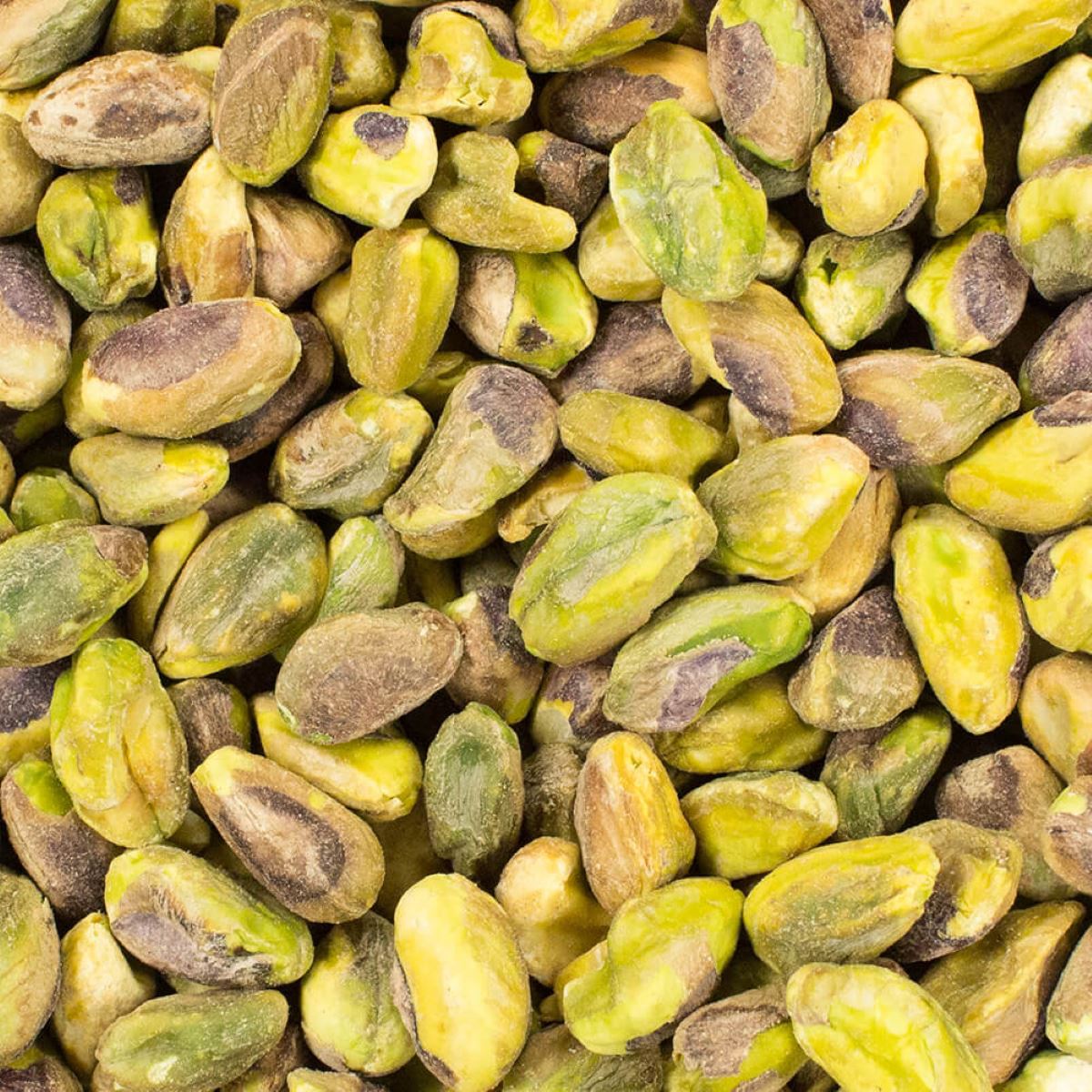
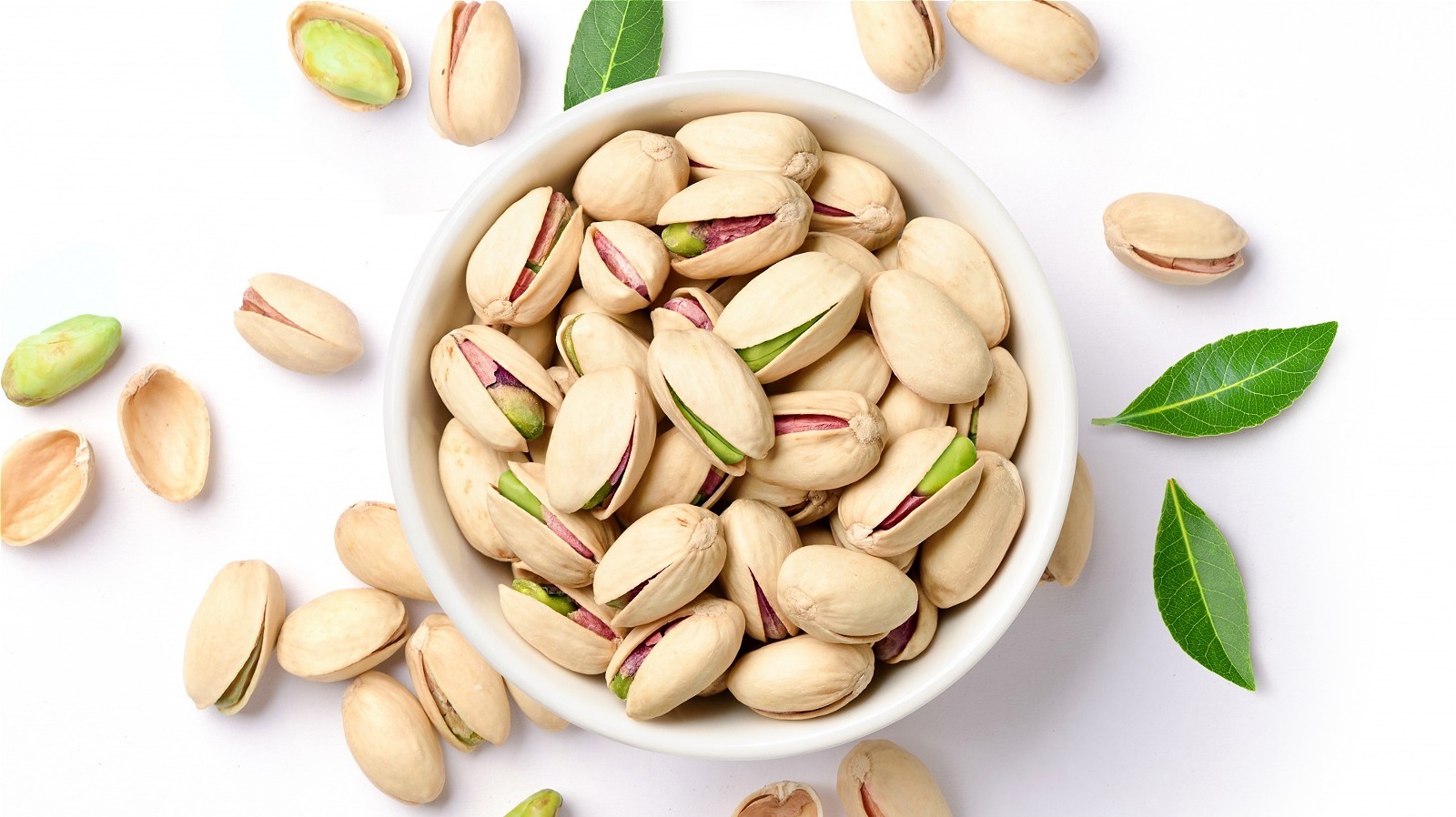

0 thoughts on “How To Store Chestnuts In Shell”